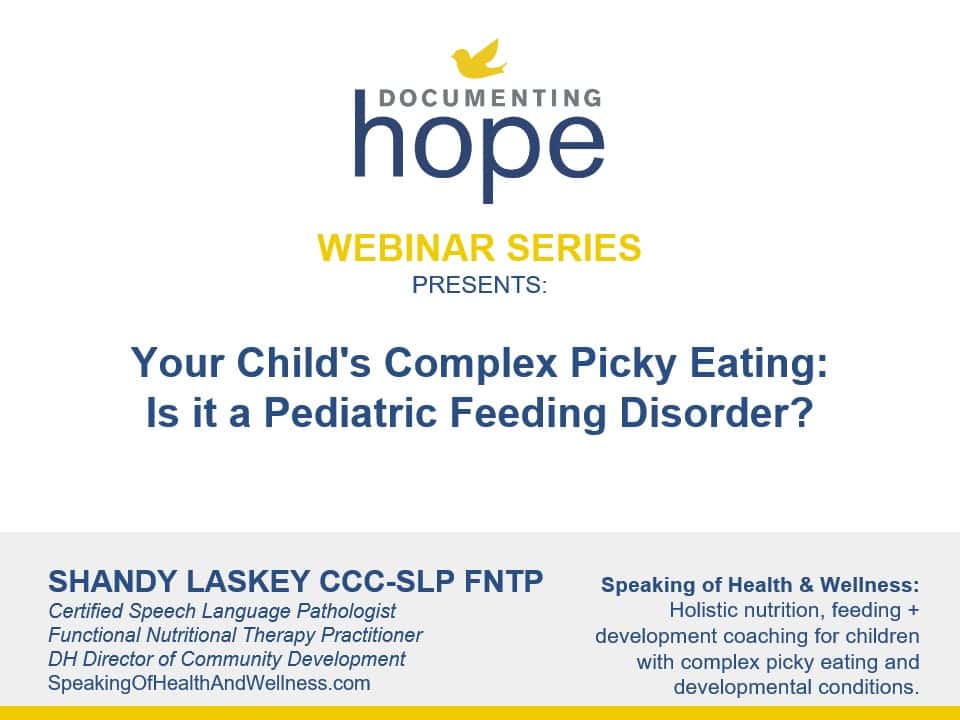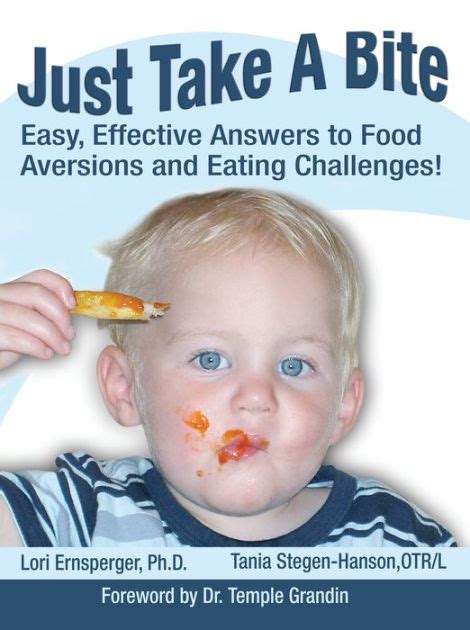Looking at the Root Causes of Picky Eating
To know how to best support your child with complex picky eating and feeding challenges, it’s important to understand what may be contributing. Parenting a child who struggles with eating can be overwhelming, especially when they also struggle with other challenging symptoms and diagnoses as well. You spend time preparing meals, only to have them refused or met with tears. Mealtimes can feel like a battle. It can be frustrating, exhausting, and often isolating for families. Have hope! Real progress happens when we look beneath the surface at what’s making eating and mealtimes so challenging for your child and family.
Instead of focusing on compliance and obedient consumption, shift your focus on creating safety in your child’s body and mealtime environment. When a child feels safe and regulated, they are more open to food exploration. They have less of the mealtime anxiety and less anxiety related specifically to the “newness” of the food (whether it’s brand new or your child has seen that food several times).
Understanding and addressing the underlying sensory, digestive, behavioral, biochemical, and oral-motor challenges is a critical first step in helping a child expand their diet. Let’s explore how we can support feeding in a way that feels safe, respectful, and sustainable. No bribes, ultimatums, or forcing bites!
Understanding Picky Eating Through a Nervous-System Lens
Children do not refuse food to be difficult. Their behavior around eating is a direct reflection of what’s happening inside their bodies and nervous system. Many kids with complex picky eating and pediatric feeding challenges have:
- Gut-health imbalances and/or food sensitivities that cause discomfort and/or biochemical reactions impacting the immune system after eating certain foods
- Blood-sugar instability that impacts appetite regulation, focus, mood, behavior, and more
- Sensory-processing issues that make certain textures, smells, or flavors overwhelming or difficult to tolerate
- Oral-motor challenges that make chewing and swallowing more difficult (and sometimes scary!)
- Nervous-system dysregulation, leading to fight-or-flight reactions at mealtimes
When these underlying issues are addressed, feeding and mealtimes become easier without needing to rely on rewards, pressure, or discipline.
If your child eats less than 20 foods and/or if there are concerns related to weight gain, chewing, swallowing, or any other structural-functional issue(s) related to feeding, consider seeking the assessment and consultation with a licensed pediatric Speech-Language Pathologist (SLP) or Occupational Therapist (OT) who specializes in feeding. Some children with what we’re referring to as “complex” or “extreme” picky eaters would qualify for a diagnosis of Pediatric Feeding Disorder (PFD), which is defined as, “…impaired oral intake that is not age-appropriate, and is associated with medical, nutritional, feeding skill, and/or psychosocial dysfunction.”
If you believe your child may qualify for a diagnosis of PFD and/or your child’s self-restricted eating habits have been impacting your family’s quality of life for more than a couple months, an assessment with a licensed pediatric SLP or OT who specializes in feeding is the appropriate next step. You do not need a doctor’s referral for your child to see an SLP. These specialists can help you understand the underlying challenges your child may be facing. A holistic nutrition professional who specializes in children’s health can also be very helpful. Depending on your child’s unique needs, you may need to assemble a team to support you. This is not uncommon, as feeding is complex.
Creating a Supportive Mealtime Environment
Start with what you can immediately control. You can start today! Instead of focusing on “getting kids to eat,” shift the focus to creating the feeling of safety and regulation, supporting your child’s body and nervous system to feel safe around food. Here’s how:
Respect Autonomy and Honor Their Pace
Children do best when they feel in control of their feeding journey. Instead of requiring a certain number of bites, offer opportunities for food exploration and learning about foods without any pressure to eat it. Start with small interactions and exposures to food, like touching with the utensil, touching with their finger, smelling, or interacting with food in some way to help build positive those associations with food and mealtimes. Food exposure outside of mealtimes can also be really supportive (grocery shopping, playing restaurant or grocery store, etc.).
It is developmentally appropriate for children to need over a dozen various exposures to a food before they will accept it. That’s considered typically developing! Imagine and anticipate that for a child who is struggling with feeding difficulties and complex picky eating, it could take double or triple that. Time, consistency, and patience are the keys to lasting changes.
Focus on Nutritional Building Blocks
Rather than starting with “one new food at a time” in a rigid way, look at nutritional gaps in the diet and ways to support your child’s body where they are right now. This might mean adjusting macronutrient balance, supporting their digestion, or making strategic food swaps based on what they already tolerate. Start with breakfast, the most important meal of the day. It’s not a cliché; there’s a reason people say that! Aim to increase your child’s protein, fiber, and healthy fats at breakfast for overall support with blood-sugar regulation, which in turn influences their mood and appetite through the day.
It is also not uncommon for children with complex or extreme self-restricted eating to have underlying zinc deficiency, which contributes to picky eating by distorting the sense of taste and smell. Zinc plays a key role in sensory processing, the immune system, digestion, development, and so many functions. Unfortunately, this zinc deficiency is typically perpetuated by their picky eating, as most of these kids avoid foods high in zinc such as pumpkin seeds, grass fed beef, and oysters, and thus the cycle continues. Speak with your child’s trusted provider about whether zinc supplementation may be warranted for them and if so, ask which form and how much for your child’s size. Consult with someone who understands the synergistic relationship between minerals (like zinc/copper ratio) before supplementation.
Support Regulation First, Then Expand
A dysregulated nervous system can’t focus on new foods, especially not eating them. Helping your child feel calm and connected at mealtimes through predictable routines, a relaxed environment (think about all of the senses and tone it down), and zero pressure. If needed, you can implement a pre-meal routine where you know your child is getting some sort of input that they need to calm themselves down and regulate their bodies.
For example, playing outside or any pushing, pulling, or exerting their “big body” gross motor movements can help. Maybe it’s a consistent “job” such as your child is the one that pulls out everyone’s chairs for the mealtime. Slowly but surely, this lays the foundation for lasting change.
Meet Them Where They Are (Then Gently Expand)
Will your child let you change the shape of their current preferred foods? If not, you may need to work on that first to build up some resilience to change. If they’ll let you change their preferred foods, think about your child’s current preferences – taste, texture, temperature, colors, etc. Reflect on what and how can you introduce a new or unpreferred food to them that matches these preferences. For example, if they like sweet potato fries, maybe they’d like carrot fries (same color, shape, texture, similar appearance) or sweet potato hash (same food, same color, different texture, similar taste).
Build on your child’s preference with similar but slightly varied options. If they like crunchy foods, introduce new textures in a gentle, stepwise way. Consider revisiting past foods they’ve previously enjoyed and work on rebuilding trust with those foods before introducing brand new ones.
You Don’t Have to Force Change to See Progress
This is the bottom line: You don’t have to force change or use pressure to see progress. Actually, it might even set you back! Picky eating is complex, but one thing is clear: forcing, bribing, ultimatums, or withholding preferred foods (or activities or otherwise) does not create lasting change when it comes to food and mealtimes. These adult behaviors can impact children’s long-term relationships with food, mealtimes, their bodies, and with you – the parent and/or caregiver as the “feeder”.
Focus on co-regulation, creating a sense of safety through environment and intentional nervous system regulation, as well as nutritional supports to help kids gradually feel more comfortable with a variety of foods. When we take the pressure off and see picky eating through a different lens, we are better equipped to work with the body and nervous system rather than against it, and ultimately kids feel more empowered in their feeding journey, without the stress or struggle. Slowly but surely, small steps lead to big progress over time!
About Shandy Laskey MA CCC-SLP FNTP
Shandy is an integrative speech-language pathologist and pediatric feeding specialist, as well as a Functional Nutritional Therapy Practitioner, and Documenting Hope Health Coach. She is a fierce nutrition advocate for children impacted by complex picky eating, neurodevelopmental disorders, and special needs. She is continuously advancing her knowledge in functional and bio-individual nutrition therapies for these specific demographics of children.
Shandy is the founder and CEO of Speaking of Health & Wellness, LLC. Through her own health and wellness journey, she learned the profound impact of nutrition and lifestyle on cognition and overall well-being first hand. Shandy has an intense passion for integrating holistic nutrition and lifestyle strategies into her work with families.

She provides virtual and local parent coaching to guide families on identifying ways to address the underlying causes of their child’s condition and/or related symptoms, while also teaching integrative strategies for learning, behavior, communication and mealtimes.
Shandy is the Director of Community Development at Documenting Hope. Read more about Shandy’s story and work at: SpeakingOfHealthAndWellness.com
Still Looking for Answers?
Visit the Documenting Hope Practitioner Directory to find a practitioner near you.
Join us inside our online membership community for parents, Healing Together, where you’ll find even more healing resources, expert guidance, and a community to support you every step of your child’s healing journey.
Sources & References
Goday, P.S., et al. Pediatric Feeding Disorder: Consensus Definition and Conceptual Framework. J Pediatr Gastroenterol Nutr. 2019 Jan;68(1):124-129.







